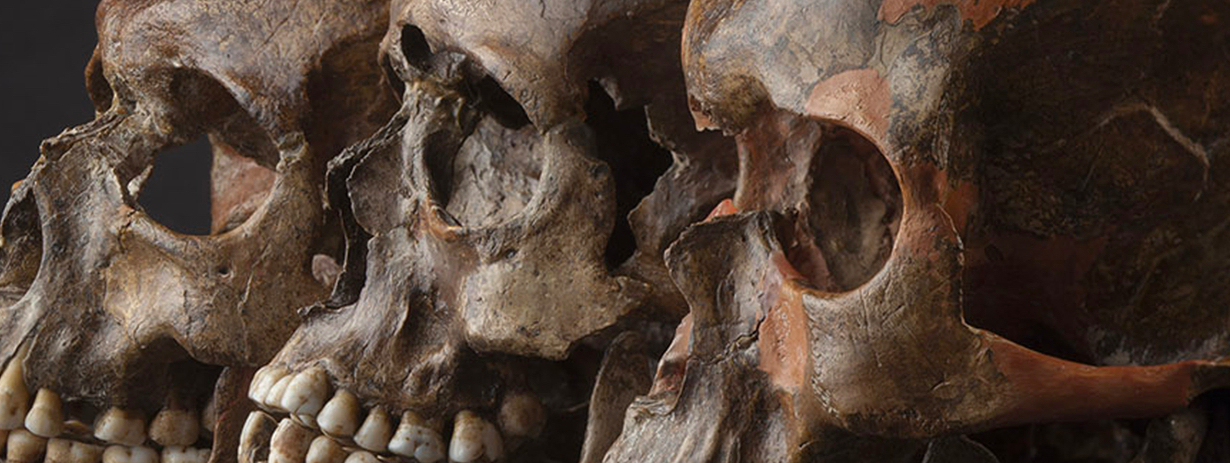New Scientist
Image: Martin Frouz and Ji?í Svoboda
A proud lineage with a history stretching back thousands of years is swept aside by newcomers from the south-east – only to rise to dominance once more 15,000 years later.
It’s not the plotline of some fantasy epic, but the real story of prehistoric Europe in the years after modern humans conquered the continent – as a new genetic analysis has just revealed.
We know that modern humans first arrived in Europe about 45,000 years ago when the continent was still a Neanderthal stronghold. Over the next 30,000 years – archaeological work has revealed – a procession of different cultures, each associated with different artefacts and lifestyles, rose in Europe.
Archaeologists tend to think these sort of cultural shifts reflect the spread of new ideas through an unchanging population. But a new analysis of nuclear DNA taken from 51 ancient Eurasians tells a different story. They actually reflected the spread of different peoples.
The Aurignacian culture was dominant between about 45,000 and 35,000 years ago. This culture produced fine bone and stone tools, and some of Europe’s oldest and most beautiful art – for instance at Chauvet cave in southern France.
By about 33,000 years ago a new culture that began in south-east Europe was beginning to spread across the continent: the Gravettian. This is famous for big-game hunting of mammoths and bison.
And later, at the height of the Ice Age about 19,000 years ago, yet another culture swept across west and central Europe. This Magdalenian culture is famous for its reindeer hunts and for its artwork, carved into bones and antlers.
One of the oldest individuals examined by David Reich at Harvard Medical School in Boston and his colleagues is represented by a thigh bone found at a site called Goyet cave in Belgium. Radiocarbon dating shows it is 35,000 years old, meaning the Goyet individual is associated with the Aurignacian industry.
Reich and his colleagues also looked at DNA from 14 Gravettians from across central and southern Europe. They turned out to belong to a branch of the European family tree that is entirely different from that of the Goyet individual.
In other words, the Aurignacians were pushed aside by an expanding wave of Gravettians. Read more on newscientist.com…








